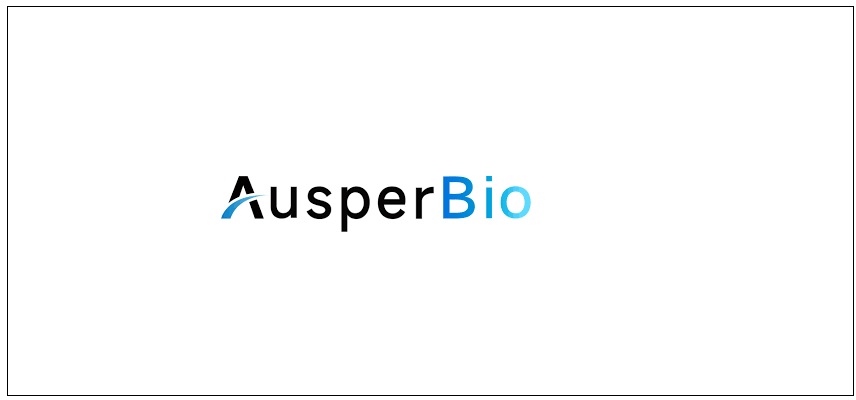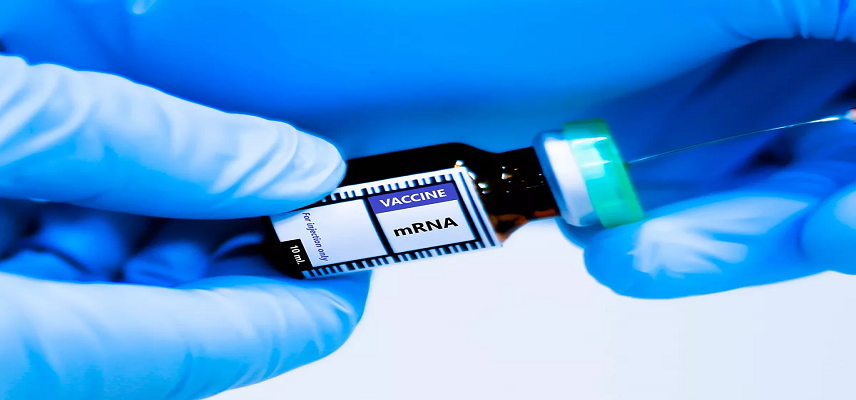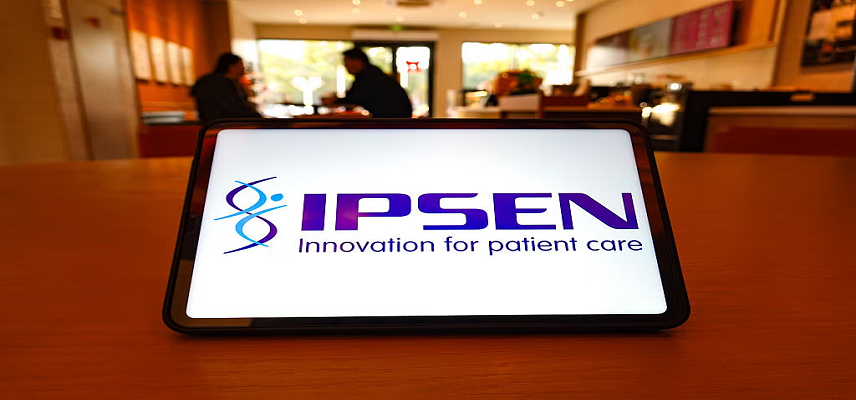Roche Announces Positive Phase I Results of Its Oral GLP-1 Receptor Agonist CT-996
Roche announces positive phase I results of its oral GLP-1 receptor agonist CT-996 to treat people with obesity
Overview
Roche announced positive topline results from two arms of an ongoing multi-part phase I clinical trial for CT-996, an investigational, once-daily, oral small molecule GLP-1 receptor agonist being developed for the treatment of both type 2 diabetes and obesity. The data showed that treatment with CT-996 in participants with obesity and without type 2 diabetes resulted in a clinically meaningful placebo-adjusted mean weight loss of -6.1% within four weeks (p <0.001). The full study data will be presented at an upcoming medical meeting.
About Obesity
- Obesity is one of the most urgent health challenges in the world with extensive comorbidities, such as type 2 diabetes, cardiovascular disease, liver disease, and chronic kidney disease.
- More than four billion people - about 50% of the world’s population - are estimated to be impacted by obesity or will be overweight by 2035.
Words from CMO: Roche
- We are pleased to see the clinically meaningful weight loss in people treated with our oral GLP-1 therapy CT-996, which could eventually help patients address both chronic weight management and glycaemic control indications,” said Levi Garraway, M.D., Ph.D., Roche’s chief medical officer and head of global product development.
- Following our data for CT-388, this is the second positive readout in less than three months from our growing metabolic pipeline, which includes both oral and injectable options to address patients' needs across a spectrum of related diseases.
About CT-996
- CT-996 was well tolerated, with mostly mild or moderate gastrointestinal-related adverse events, consistent with the safety profile of the incretin drug class.
- There were no treatment discontinuations related to the study drug.
- The study results also showed that blood levels of CT-996 were largely unaffected either during fasting or after a standardised high-fat meal.
- Thus, CT-996 could potentially be dosed without regard to meal timing, thereby affording greater dosing flexibility for patients.
- Based on the study data, CT-996 is anticipated to be used not only as a therapy for achieving glycaemic control and inducing weight loss, but also potentially for oral weight maintenance therapy following weight loss induced by injectables.
Obesity Comorbidities
- Despite numerous approved treatments, the trajectory for people with obesity or its comorbidities has not changed significantly; these conditions remain underdiagnosed and undertreated so their impact on society continues to grow.
- Oral and injectable incretin modalities are critical to address the high unmet need.
- They may not only offer broader access to patients living with obesity, but together, they could also support the prevention of obesity-related comorbidities or complications such as type 2 diabetes and heart disease among many others.
CT-996-201 Trial
- The CT-996-201 trial (NCT05814107) is a multi-part, multi-cohort phase I randomised, double-blind, placebo-controlled, single- and multiple- ascending dose study designed to evaluate the safety, tolerability, pharmacokinetics and pharmacodynamics of CT-996 in otherwise-healthy adults who are overweight or obese, with and without type 2 diabetes.
- Part 1 was a single ascending dose in 40 participants with overweight or obesity (completed); part 2 was a multiple ascending dose in three sequential cohorts of a total of 25 participants with obesity without type 2 diabetes (completed); part 3 is a multiple ascending dose study in two sequential cohorts of 30 participants with obesity and type 2 diabetes (planned to be initiated in Q4 2024).
- The primary endpoint of the trial is safety and tolerability of CT-996; secondary endpoints include the assessment of the pharmacokinetics of CT-996, along with its effect on body weight and glucose homeostasis.
- Based on the current phase I results, CT-996 will advance into phase II clinical development.
About Diabetic Macular Edema
- Affecting around 29 million people globally, diabetic macular edema (DME) is a vision- CT-996 is an investigational, once-daily, oral small molecule GLP-1 receptor agonist being developed for the treatment of both type 2 diabetes and obesity.
- Unlike the endogenous GLP-1 hormone, CT-996 is specifically designed to be a biased GLP-1 receptor agonist that activates cAMP signalling with minimal-to-no beta-arrestin recruitment.
- These finely-tuned signalling properties are expected to lead to strong glycaemic control, significant weight loss and good tolerability.
Obesity Trial
- Obesity is a heterogeneous disease and our R&D portfolio of incretin-based clinical and preclinical assets has great potential to address patients’ needs by providing treatments as mono and combination therapy for obesity, diabetes and various other cardiometabolic indications.
- We are developing a broad portfolio of foundational assets that range from orals to injectables, as well as molecules with new modes of action to address the multiple needs of patients living with obesity. Our differentiated incretin portfolio includes:
CT-388
- CT-388, an investigational dual GLP-1/GIP receptor agonist for the treatment of obesity in patients with and without type 2 diabetes, currently in phase II.
- Injected subcutaneously once a week, it is being developed both as a standalone and possibly also in combination, and has the potential to be a best in class therapy for chronic weight management, type 2 diabetes, and could be expanded to other indications.
CT-996
- CT-996, an investigational, once-daily, oral small molecule GLP-1 receptor agonist being developed for the treatment of both type 2 diabetes and obesity, currently in phase I, with the potential to be a best-in-class oral treatment for type 2 diabetes and chronic weight management.
CT-868
- CT-868, an investigational, once-daily, subcutaneously injected dual GLP-1/GIP receptor agonist currently in phase II with the potential to be a first in class treatment for glycaemic control as an adjunct to insulin in patients living with type 1 diabetes.
About Incretins Hormones
- Incretins are gut hormones secreted after food intake that play a role in modulating blood glucose by stimulating insulin secretion and suppress appetite.
- Emerging scientific data show a wider biologic effect of incretins in multiple organs including the liver, heart and brain, suggesting they may have a broader role in the body beyond glucose modulation.
- Over the past few years, incretins have been clinically validated as targets and are now the emerging standard of care therapies in obesity, but could also be effective in other metabolic indications, as well as in cardiovascular and chronic kidney disease.

Optimize Your trial insights with Clival Database.
Are you exhausted from the uncertainty of trial insights pricing? Clival Database ensures the clarity in the midst of the global scenario for clinical trials to you.Clival Database is one of the best databases that offers an outstanding number of clinical trial data in terms of 50,000+ molecules and from primary regulatory markets as well as new entrants like Indian and Chinese markets.
With Clival, you get accurate positioning of historical sales data, patent database, company profiling, safety & efficacy, and prediction of launch of new innovative molecules helping you to align your research and driving down the cost.
To add value, we further break down our analytics for you so that improving your operational effectiveness; optimizing your clinical trials; and offering you accurate and high-quality data at lowest possible prices becomes possible.
Elevate your trial success rate with the cutting-edge insights from Clival database.
Check it out today and make more informed sourcing decisions! Learn More!







